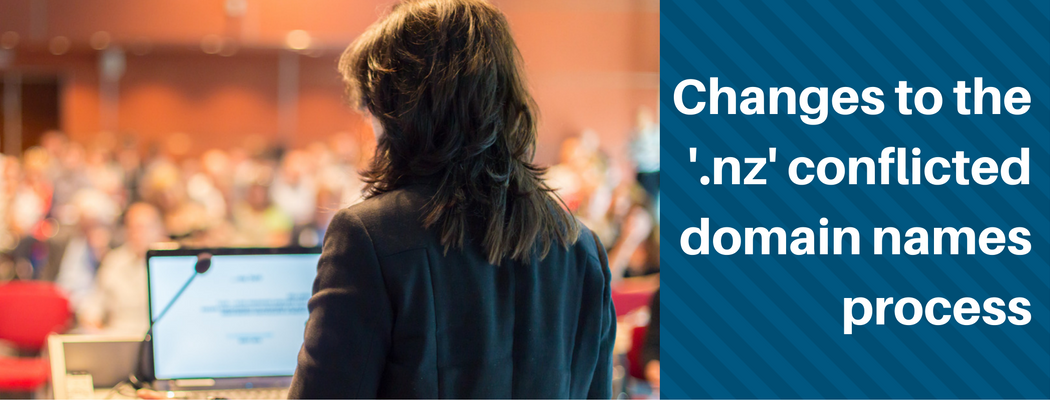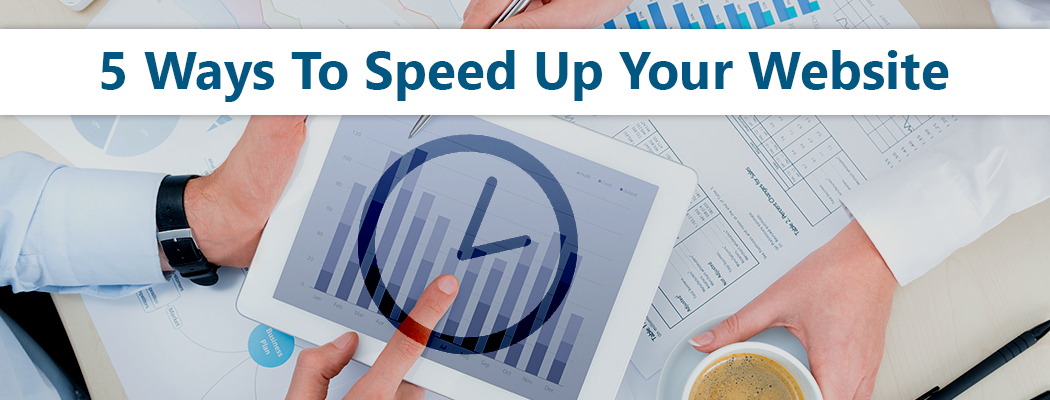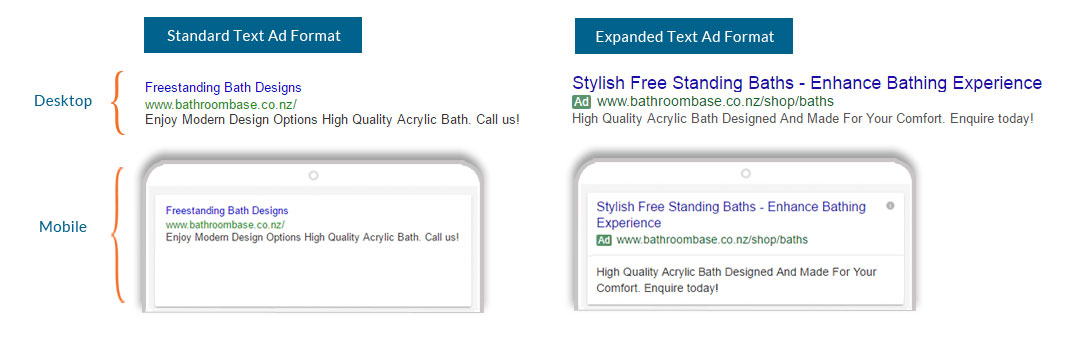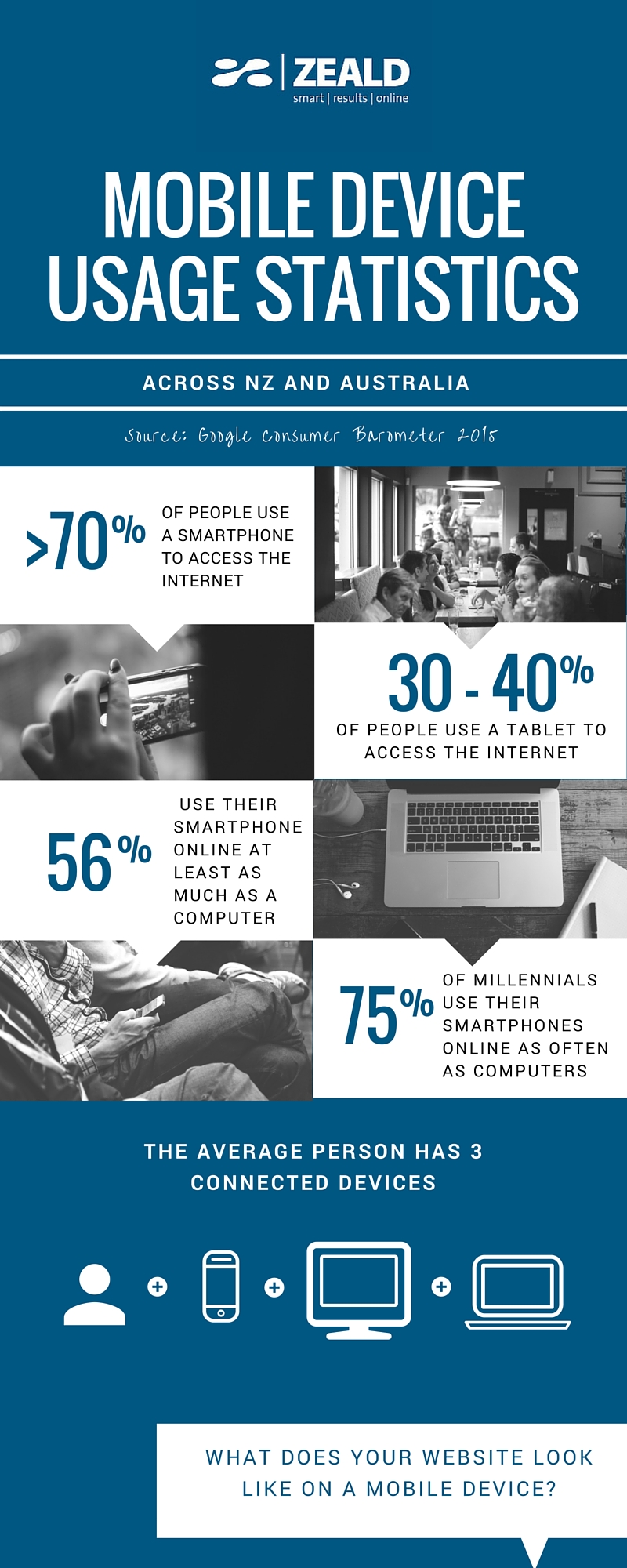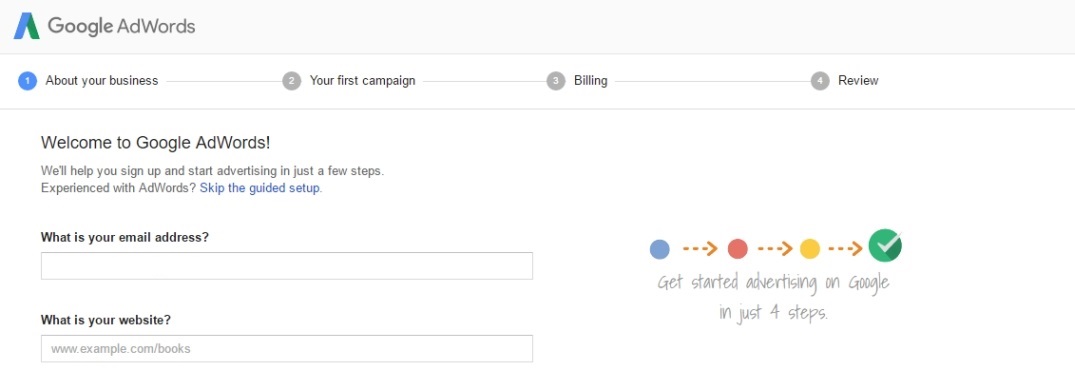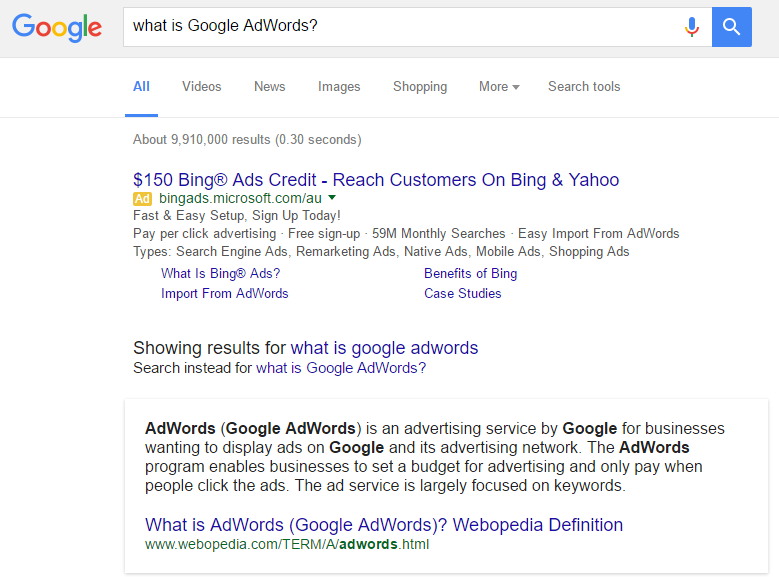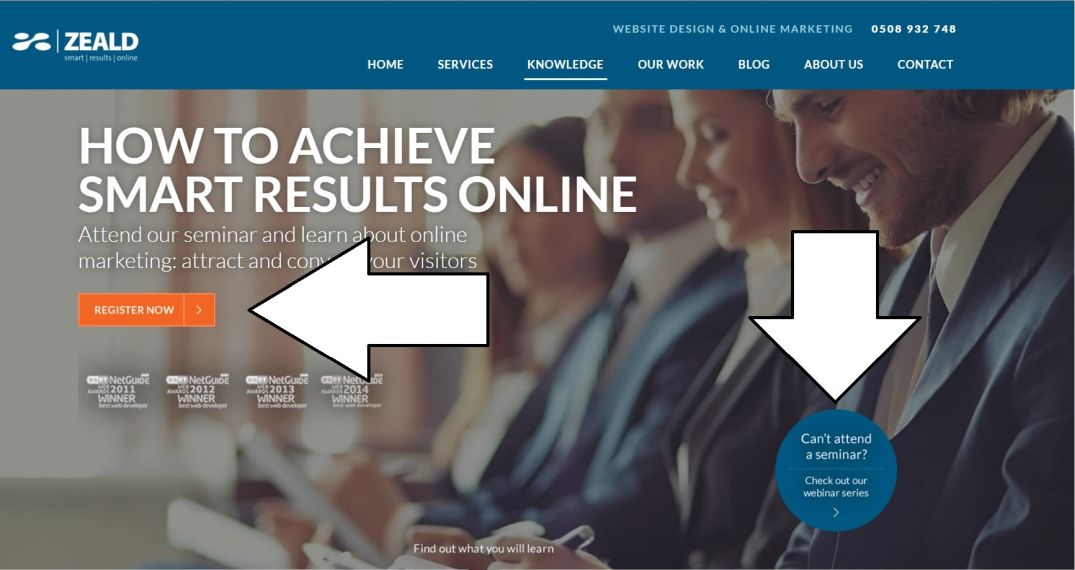Top 5 Ways To Promote Your Business Online
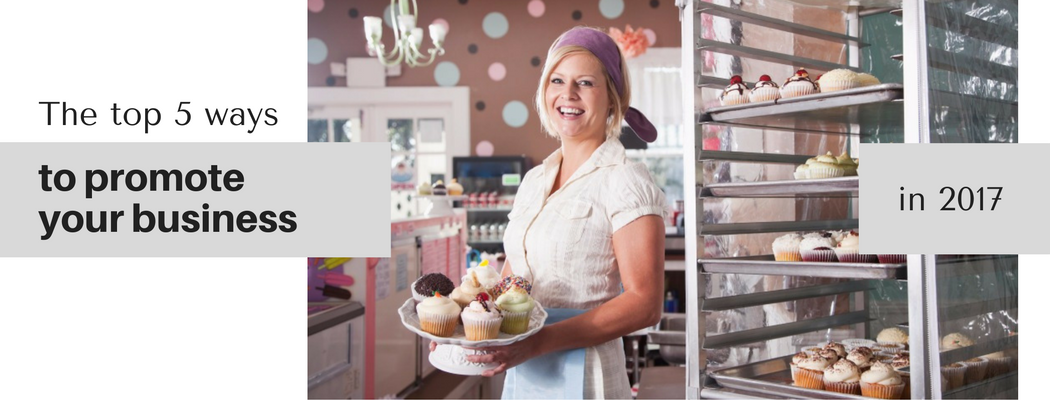
Zeald contribute to The Meeting Room regularly as guest bloggers.
#1. Google
All the ads you see when searching for something on Google, and when browsing other websites belonging to the Google Display Network, are the result of AdWords. According to Statista, Google’s advertising revenue in 2015 was around $67B USD. That’s a lot of AdWords advertising. Remember, however, that Google doesn’t get paid unless people actually click ad links. So that’s a lot of effective advertising.
That’s why, as our previous blog on using Google says, if your business isn’t taking advantage of AdWords, we urge you to consider doing so.
In addition, a Google My Business listing is a must-have for any business. If a potential customer wants to find your business, a Google search should give them all the information they need quickly, without having to visit your website.
The more places your business is listed, though, the better. There are other directories available online, usually defined by location or industry. To find appropriate options for your business just Google the name of your industry (and location if you only service one area) followed by ‘business directory’.
#2. Email marketing
Email marketing is a tried and tested way to generate and nurture leads, and maintain productive relations with customers. A key pitfall we’ve seen small businesses fall into is failing to make the content of their emails compelling enough to hold people’s interest. So here are our quick tips:
- Keep it short and to the point. People don’t have time to read huge paragraphs of advertising. Put the offer in the subject line if possible.
- Personalise where possible. Use the recipient's name at the start of the email or in the subject line to attract their interest.
- Avoid using the same template repeatedly. Keep things interesting and change it up often.
- Ask a question that demonstrates your offer. E.g., Don’t you just hate cleaning your windows? We’ll clean them for you!
- Display a clear call to action. Explain your special offer clearly and have a big fat button for people to ‘CLAIM OFFER’.
- Add some personality. Give your brand some flair and don’t be afraid to come across as friendly and even a little informal.
- Reward people for reading your email in the first place. Even if your audience doesn’t click on your offer, give them a 10% discount code in the email, to encourage them to keep opening emails in the future.
- Theme emails to match the time of year. Promote special offers or gifts in the weeks leading up to Christmas, for example.
#3. Social Media
Social media is a great tool for engaging with your customers and using them to help you find new ones. Platforms like Facebook, for instance, lend themselves to ‘word of mouth’ referrals, with users able to tag their friends in posts easily. If you are a clothing retailer, for example, posting a picture of your latest sale items may result in followers tagging friends who they think might be interested in your products.
Running competitions through your social media channels is an effective great way to build a following, but make sure you abide by the specific terms and conditions outlined by each specific platform. Facebook, for example, does not allow personal timelines and friend connections to be used to promote a competition. This means you aren’t supposed to ask entrants to share the post on their timeline to enter, or to tag friends to get extra entries.
The most important thing regarding businesses on social media, however, is that if you have an account on a certain platform, you must use it. Don’t create an account just to test it out, and then leave it to stagnate. If you aren’t using your Twitter account anymore, remove it. It’s not a good look for customers to find your social media accounts haven’t been touched in years.
#4. Blogs
Blogging is another useful method to engage customers and attract prospects, but it’s particularly valuable for search engine optimisation (a.k.a. SEO, which we blog about here). Put simply, unique content is the key to a successful blog and is rated highly by Google. This means that blogging can become an important way for customers to find you when they are searching online.
With so many blogs around today, though, you’ll need to find a specific angle for yours and provide real value to your readers. To ensure your blog stays fresh and attractive to new readers, you need to plan ahead. Use keyword tools, such as the keyword planner in your Google AdWords account, to see what your customers and prospects are searching for that you could potentially write about. Then brainstorm a list of topics and put together a content calendar, giving yourself deadlines for each post. People won’t bother subscribing to a blog that hasn’t had an update for the last 12 months.
Also, use infographics and images, or embedded video, to keep your blog content diverse and exciting. These can be reused in other areas of your digital marketing programme, which is why our last topic is...
#5. Multimedia
Knowing how to catch a viewer’s eye is an extremely valuable skill when it comes to promoting a business online. An interesting image is far more likely to draw attention than a well-worded sentence. Put together a gallery of different images with your business logo on them. You can then refer to this gallery when you need images for digital advertising.
Moving images are even more effective at drawing attention. For instance, GIFs and other animated-image file types have become popular in recent years, and ever-increasing internet speeds allow them to load quickly. While you can use GIFs with AdWords (restrictions apply), animated images are more often seen in social media and blog posts.
Finally, there’s video, which doesn’t have to be a huge investment for your company. A small 10-second video, for example, can be used as an advertisement on YouTube, using TrueView. This service is how businesses get ads in front of those cat videos you’re trying to watch. You can do the same! Simply upload your video to your YouTube account and set up the advertising through AdWords.
Overall, when you’re looking at digital marketing options for your business, remember to mix it up. Don’t just pick one way off this list and use it for the next year. Try them all and find out which ones get the best results. Keep track of performance data and run your own tests to see what works best. Online success is dependent on looking at the numbers and tweaking your approach and content to get those numbers as high as possible.
As always, if you don’t have the time to do all this yourself and want to enlist expert assistance, why not request a free digital marketing strategy from the team at Zeald?

